In a once-in-a-lifetime steam-to-diesel transition period, the Pennsylvania RR had enough money and enough traffic to buy groups of locomotives from all the manufacturers to test their mettle. Though the locomotives of Baldwin came up short, the Eddystone, Pa., firm made some distinctive models.
I’m a sucker for just about any Baldwin diesel, and any Sharknose model maxes out my Awesome Meter! Baldwin offered three versions of Sharks: the four-axle DR-4-4-15 and RF-16, and this version, the larger six-axle DRS-6-4-20.
Baldwin produced 29 A units (in several carbody variations) and 9 B units from 1945 to 1948, and the Pennsylvania RR got 18 A and 9 B units. Rather inelegantly named the DR-6-4-20, they were dubbed by the Pennsy as BP-20s.
The locomotives were rated at 2,000 horsepower, and they rode on six-axle trucks (the front and rear wheels were powered and the center was an idler axle). The Pennsy started the BP-20s out on upper-tier name trains, but soon bumped them to secondary traffic and mail and express trains.
After the Korean War, several units were de-rated to 1,600 horsepower and re-geared for freight operations.
Opening the box
Although brass steam locomotives offer a bit of heft, the weight of the A unit surprised me – it has the solid feel of a die-cast metal steamer! I know that this is a subjective impression, but just the heft and the solid feel of this model suggested a well-assembled product.
Both the A and B units are essentially constructed the same, except for the obvious fact that one has a cab and one doesn’t. The B unit lacks a cab, but it does have directional lights in the rear.
Esthetically, the forward-leaning snout of the A unit and the slight inward angle of the upper part of the shell make this model look as though it is ready to blast off.
The nose of the model delivers the classic headlight bracketed by two markers. Number boards are the as-delivered smaller versions. Hmm, I wonder if Weaver will ever issue a version with the larger number boards?
The cab windows are slightly inset, which offers a distinctly different appearance than, say, the traditional EMD F unit. Interestingly, the cab steps are not just add-on grab irons, but they are inset into the body a bit, as well.
Add-on grab irons bracket all four doors on the A and B units.
You’ll also find grab irons on the side of the nose and above the windshield. Add-on wiper arms emanate from the base of the windows. The doors open and have an add-on handle.
The rivet and seam detail on the carbody looks good, and I especially like the side screens, which, as mentioned, lean inward.
The view from topside was just as nice. You’ll find a horn on the engineer’s side of the cab. Behind the cab, there are two hatches that hide controls. These are held on magnetically for easy access.
In the center are two simulated exhaust louvers and two more hatches (they are not removable). The lift rings are three-dimensional, not simply shaped as part of the rounded rooftop.
For any Pennsy diesel that models the late 1940s-1950s, an antenna is a must. This model has a great-looking array on both sides of the A unit.
The die-cast metal trucks look great and suggest that this is a “grown-up” version of the RF-16. Of course, the fact that the BP-20 was 80 feet long and the RF-16 was 54 feet long helps, too.
Painting and decoration were very finely executed.
Interestingly, the real BP-20s were painted in both Brunswick Green five- and one-stripe schemes as well as the Tuscan Red five- and one-stripe paint schemes, giving a total of at least four different paint variations. Our sample A-B set was done in the Brunswick Green five-stripe scheme.
Two oddities were the builder’s plate and what I thought would be the trust plate. The Baldwin builder’s plate has a construction date of December 1990.
The trust plate nomenclature says “The Pennsylvania Railroad, Diesel-Electric locomotive, Lettering Painting and striping” with some less readable information below. Odd.
All in all, this brass model from Weaver looks nice and has a quality feel to it. Now let’s see how it operates.
On the test track
Speed performance was very good. The locomotive was very responsive, and I thought that the acceleration time was both gradual and realistic. No O scale passenger will get whiplash when the locomotive starts or stops.
Our command-mode low-speed average was 1.3 scale miles per hour, while the conventional-mode low speed was 13.8 scale miles per hour. The high-speed average was 86 scale mph.
Drawbar pull for a single powered unit was 2 pounds, 2 ounces.
Topside, magnetically secured hatches conceal the volume level control, as well as the run/program, RailSounds/SignalSounds, and speed control on/off. On the B unit, function controls are on the underside.
Regardless of manufacturer, modern electronics can disrupt the flow of operations if everything isn’t quite right. Frankly, we did have a few “teething problems” with this model.
Specifically, the speed control was locking out speeds higher than a brisk walk for an O scale human (the speed control switch was in the “on” position). The sound would start up and then cut off in both conventional and command modes (the switch was in the RailSounds mode).
Happily, after a call to Weaver’s customer service section, we seem to have cleared everything by simply changing the position of some switches and then returning them back to the original position.
I ended up changing the switch positions and starting up the model once more. When the indications were the same, I turned them back to the original position and again restarted the model. It functioned fine.
Back when I was a Minuteman missile launch officer in the U.S. Air Force, we had a technical term for when things happened to the weapon system that were not covered by the tech manual – the key element of this phrase was the word “magic.”
The problem with our sample did not recur, so I can only conclude that whatever gremlin was haunting this model has been banished.
Sound and speed control are fine in both operational modes.
The sound/horn and bell reproduction from the A unit was very good. The B unit has no sound system. Optional A units are available separately, and these are RailSounds-equipped.
Just a note about amperage draw. Running the A and B units separately, each averaged about 2 amps. Running them in tandem with a freight train in tow, it was a solid 4.0, with an occasional, brief spike going higher.
A passenger train with illuminated cars will undoubtably cause a higher draw, so this may not fare too well if you’re using a vintage transformer.
By comparison, the MTH four-motored Centipede I reviewed in the May 2000 issue of Classic Toy Trains had an amperage range of 2.8 to 4.0. In 11 years of operation, it has yet to trip a breaker (except in a derailment), even when pulling 30 or more freight cars.
The BP-20 set by Weaver Models is an excellent salute to an obscure prototype locomotive whose main failing was that it was made by a minority diesel locomotive builder. After a rough start, this O gauge replica delivered good, smooth-running performance. Yes, it is pricey, but it is one-of-a-kind in the O gauge world!
Features: O-72 operation, brass construction, two can-style motors in each unit, Lionel’s TrainMaster, RailSounds (A unit only), Engineer-On-Board speed control, die-cast metal wheels, trucks, and couplers





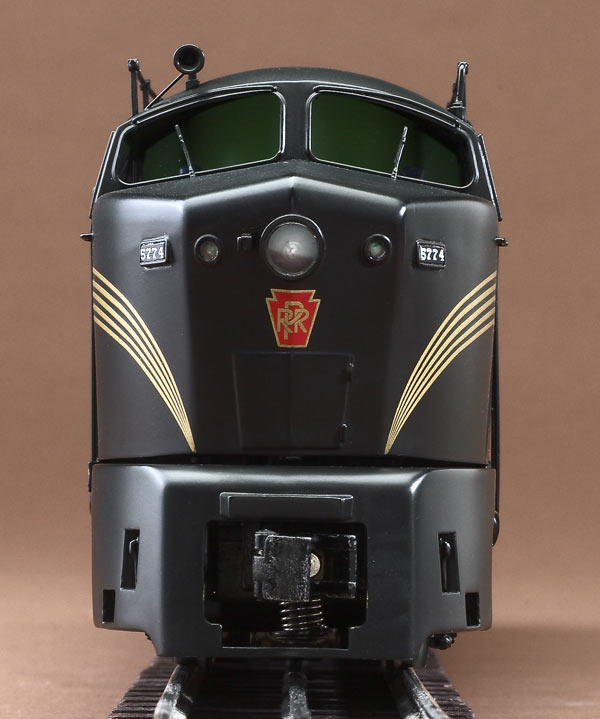

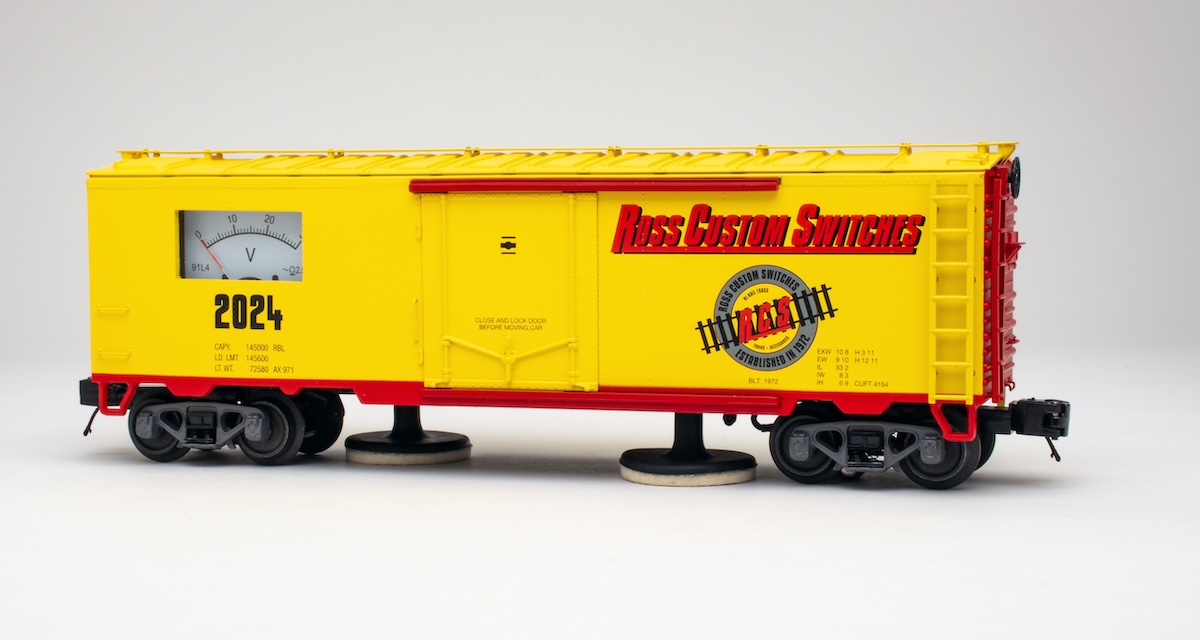
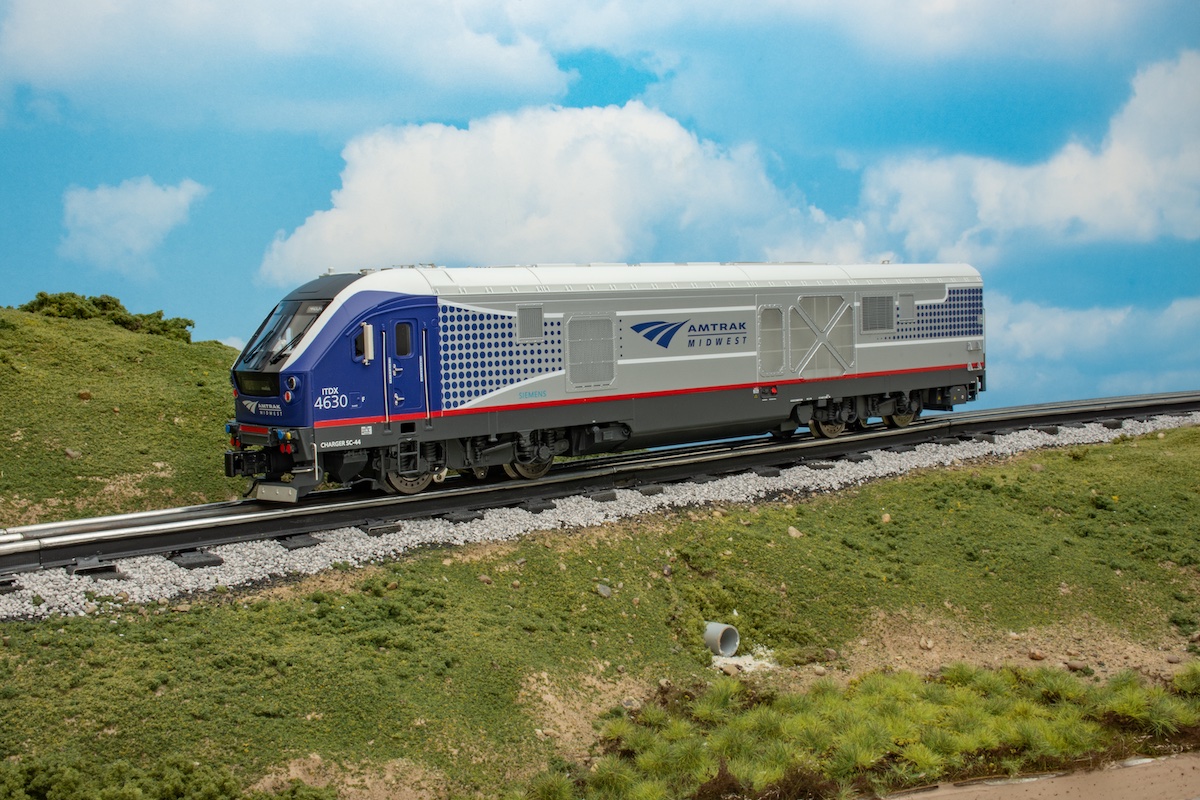
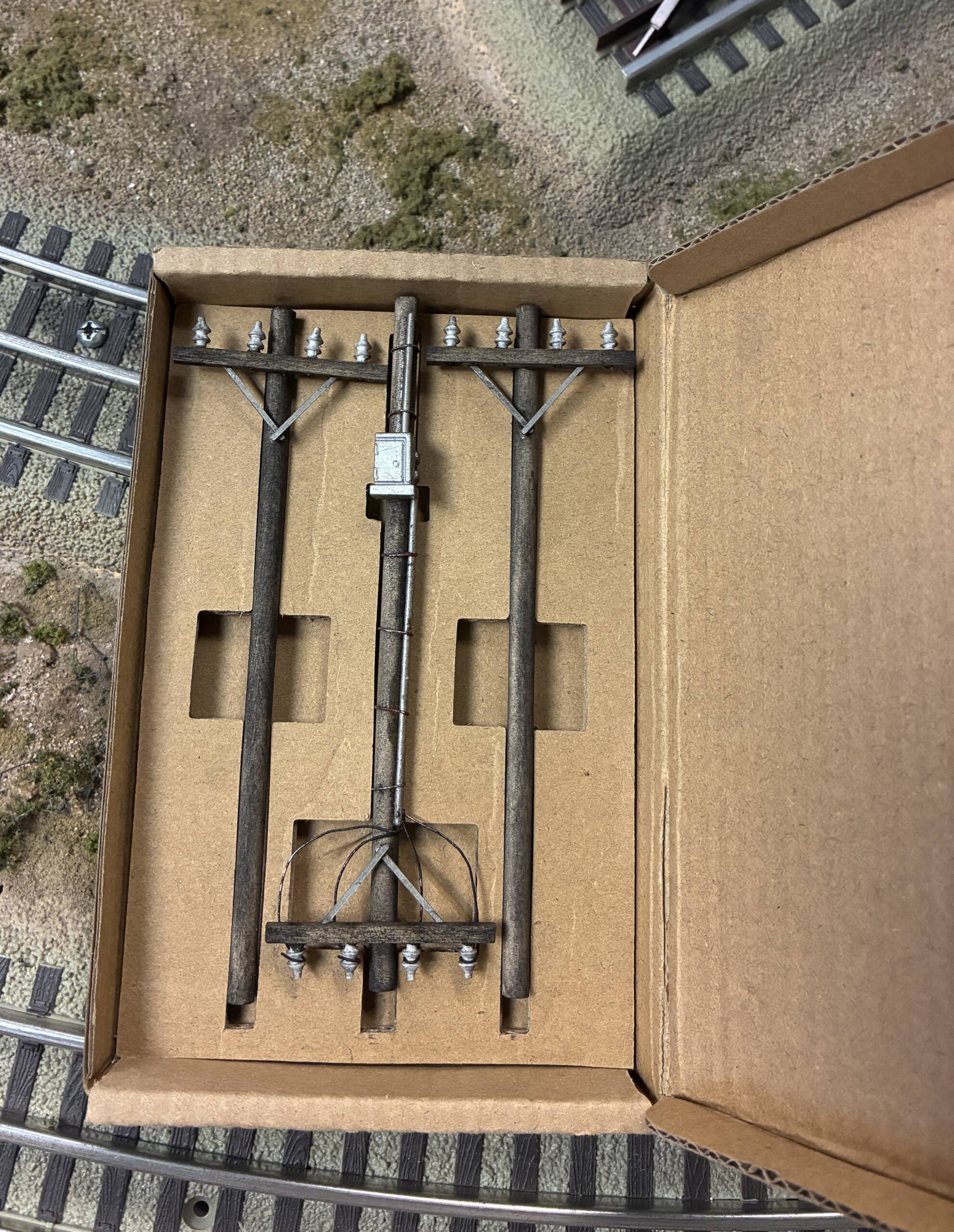
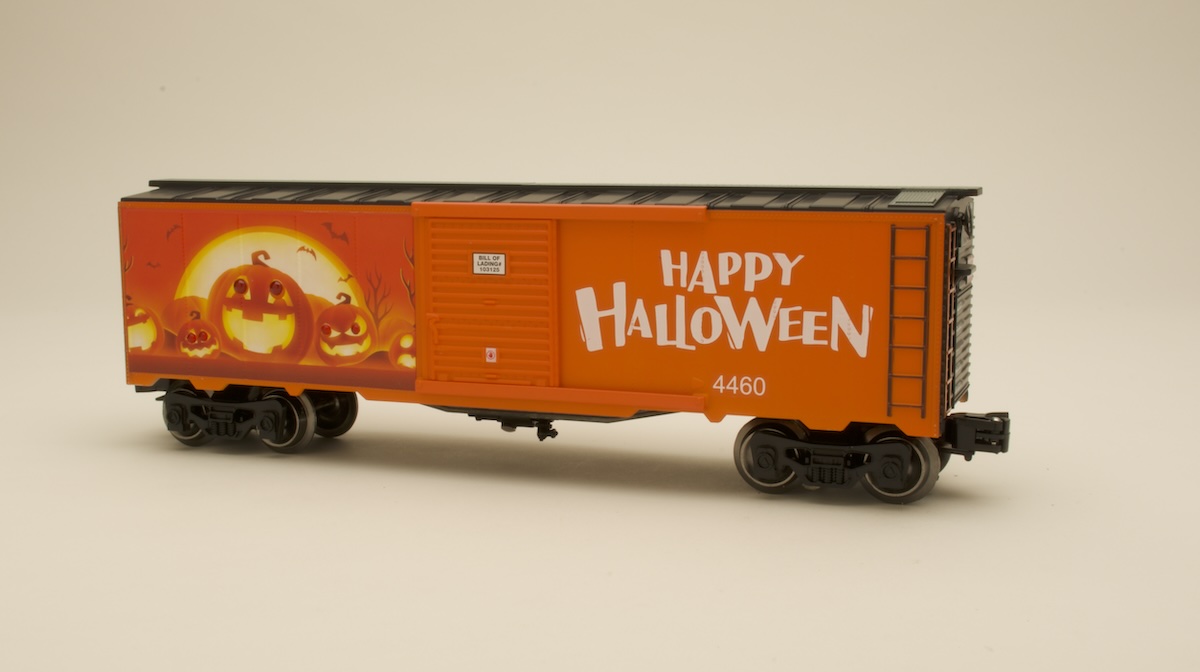




Bob, Thank you so much… After reading your article in the May 2011 issue regarding the Sharknose from Weaver referencing the electronic teething.
I said to myself, "why not try the solution on my most recent purchase from Lionel, the Western Maryland GP-7 Diesel". It was doing the same senerio !
I wanted to let you know that IT WORKED ! I had to try three times, but on the fourth start up it ran just fine ! Thank you again for not leaving that little piece of info out of your review. Once again I am glad that I am loyal subscriber to Classic Toy Trains magazine. Steve Macken